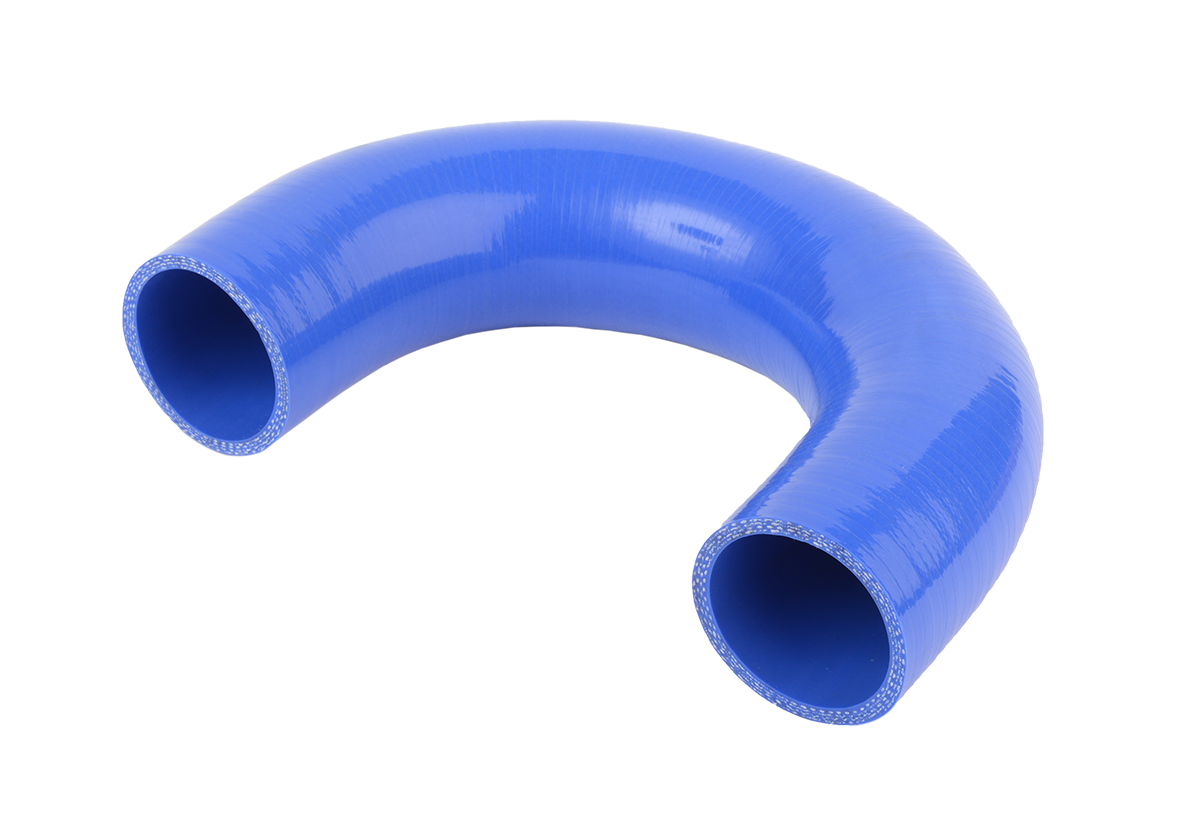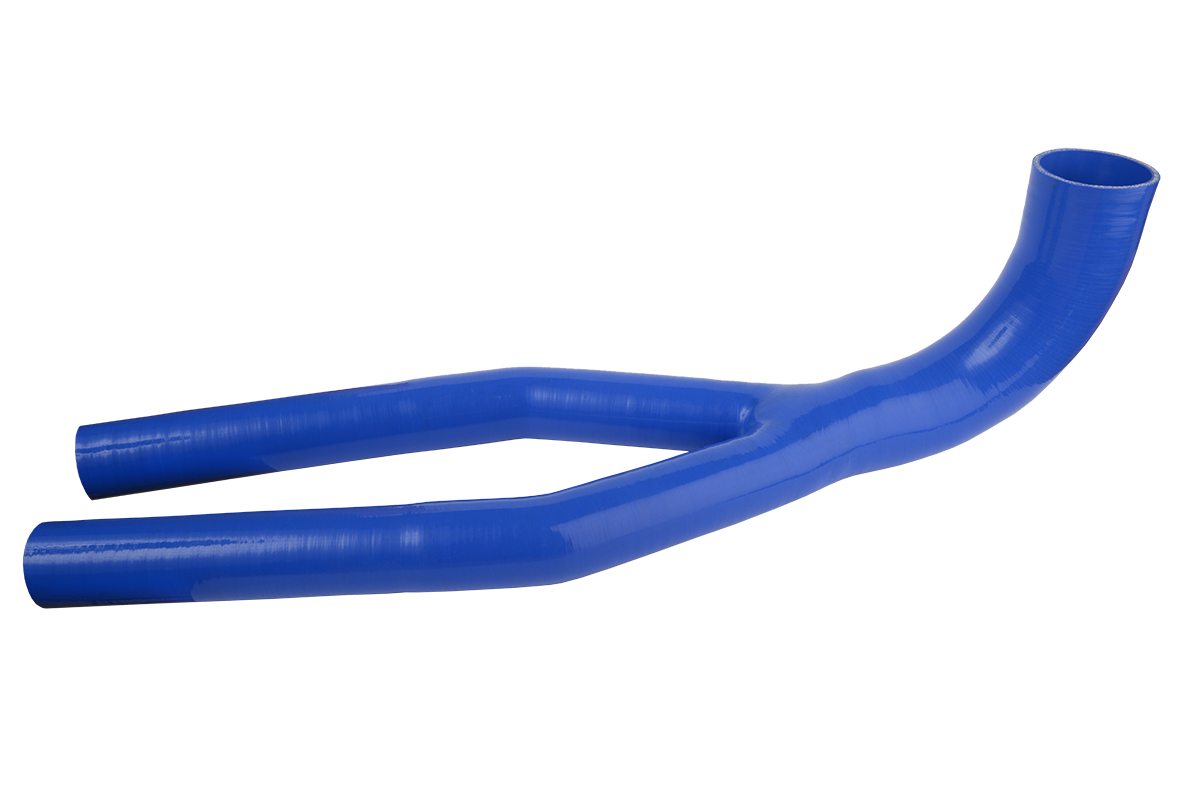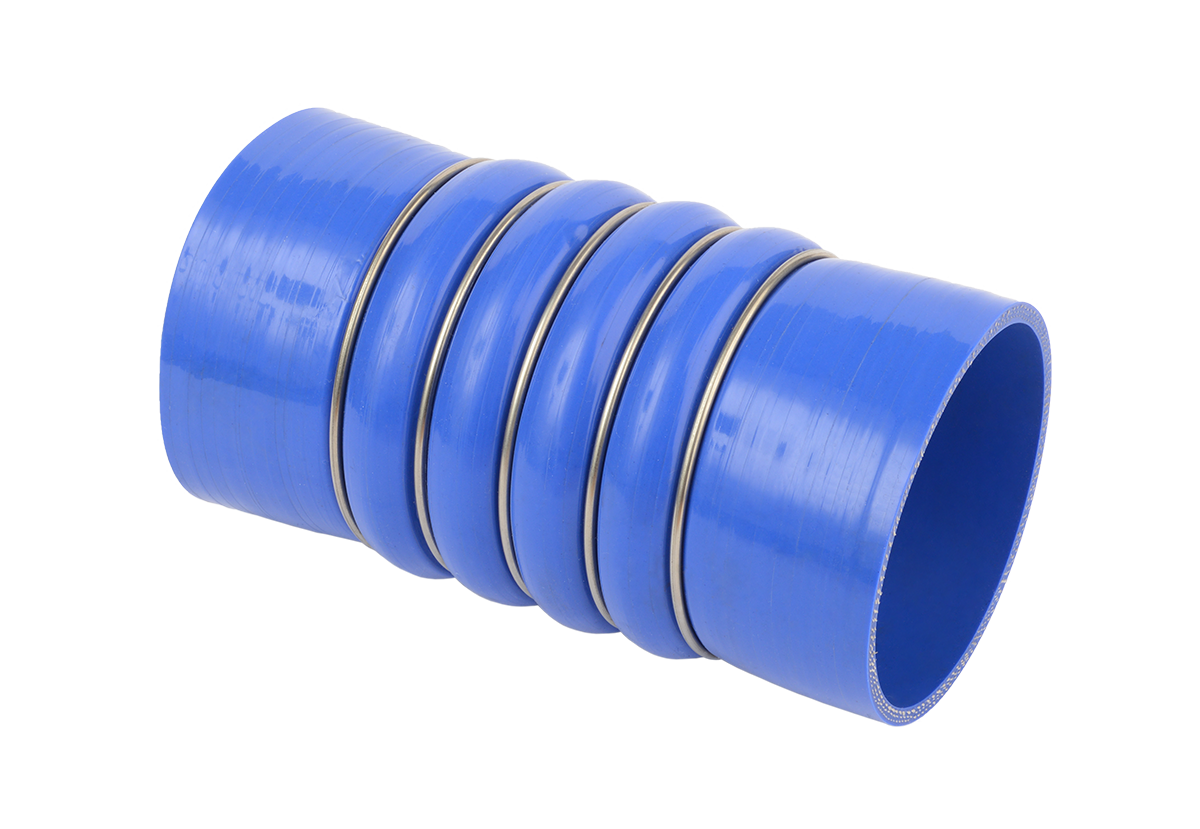This website uses cookies so that we can provide you with the best user experience possible. Cookie information is stored in your browser and performs functions such as recognising you when you return to our website and helping our team to understand which sections of the website you find most interesting and useful.
How to choose a silicone hose
To select the proper silicone hose, you need to consider a variety of criteria. Here are 7 simple steps to help you find the right silicone hose for your specific application.
1. Size of the silicone hose
First of all, it is important to clarify how much space is available for the hose and how far the material has to be transported through it.
It is also important to determine the internal and external diameters of the hose to save space and improve flow properties.
If a media is transported at higher pressure, the wall thickness will increase proportionally.
Expert tip: A change to a larger cross-sectional area may even result in a larger pressure drop in the transported media. It is important to make sure that you select the hose with the most optimal internal diameter to avoid pressure drops in the hose.
A common problem when selecting length is that the hose is usually too short, in which case the hose will be too tight or break. On the other hand, if the hose is longer than necessary, it takes up more space and loose parts can move around, causing external damage.

SIC silicone coolant hose
2. Temperature range
Pipes/hoses are used in a wide range of temperatures, whether it is a hose in an engine compartment exposed to extremely high temperatures or a hose installed in a cold storage environment. It is important to consider the following two aspects:
- temperature of the fluid transported by the hose,
- and temperature of external environment.
At high temperatures, a heat shield may need to be placed on the outside of the hose or the hose may need to be rated at lower working pressure.
If the hose is at temperatures close to the maximum or minimum values, changes may occur in its structure which can reduce the hydrodynamic load capacity of the hose.
Hoses are designed to be able to whitstand more than the maximum and minimum thermal loads but close to these these values, hoses can only withstand the load for a short period.
3. Applications of silicone hose
Without being exhaustive, here are some common applications:
- High pulse application: In this case, the hose is exposed to high-pressure pulses.
- Low pulse application: The hose is exposed to low-pressure pulses.
- Low bending and non-bending applications: In bending applications, the hose is subjected to bending stress due to hinge movements.
- Vacuum application: In this application, the hose is subjected to negative pressure (lower than atmospheric pressure).
Conditions that can have an especially negative impact on the durability of hoses and should always be taken into consideration:
- ultraviolet light,
- saltwater,
- air pollutants,
- ozone,
- various chemicals,
- abrasive substances,
- dyes.
One major source of danger is static discharge. This can occur when non-polar fluid or a mixture of fluids is transported in a non-conductive hose. This can cause a burst on the hose due to electrical discharge.
Under no circumstances should a hose be subjected to mechanical stresses (e.g. pulling) – in which case the manufacturer or an expert should be consulted.
 Custom shaped silicone hose
Custom shaped silicone hose
4. Material to be transported
The next aspect is the substance to be transported, by which we mean the quality, state, quantity, and concentration of the substance to be transported.
When choosing a hose, the inner lining is an important factor, as it may have to transport a variety of highly reactive chemicals.
However, in addition to the internal surface, attention must be paid to other parts of the hose as well, such as the “o” ring or the hose ends.
In the case of compressed gasses, permeability of the hoses must be taken into account, as it can damage the outside of the hose.
As with all other aspects, the other conditions of the transported material are important. Whether a particular material can be transported through a hose is affected by:
- temperature,
- pressure,
- and concentration.

High-pressure air hose
5. Pressure
This is the pressure to which the hose will be exposed during operation. It is one of the most important factors in choosing a hose – including determining any pressure peaks.
Maximum working pressure is the pressure that the system must be able to withstand under all other unchanged conditions. This pressure is usually determined by the relief fitting of the system (e.g. relief valve).
Expert tip: Maximum working pressure should also be taken into consideration when selecting hose ends.
Pressure peaks
Pressure peak is where the system is subjected to a large pressure change for a short period and the current pressure may exceed the maximum working pressure, i.e. the set pressure of the relief valve.
Too frequent pressure peaks can damage the hose, causing a reduction in service life – these pieces of data should be taken into account when sizing and selecting the hose.
There may be industrial conditions where the external pressure is greater than the inner pressure. In this case the manufacturer should be consulted to ensure the correct hose is selected.
6. Hose ends and fittings
These are the connectors that are installed directly on the hose, through them you can connect your hose to other machine units.
It is worth taking into account where the hose is located in the world because in the Anglo-Saxon regions inch threads are common, while in Europe metric threads are used.
An important issue is whether the hose end should be straight or 90°. If the wrong end is used, it can break or damage the hose.
7. Transportation and production
When choosing a hose manufacturer, transportation is also a key factor in ensuring a smooth operation of the supply chain.
It is worth discussing whether it is possible to mark a unique article number if you want your partners to be able to buy hoses only from you. Also, what information is required on the outside of the hose, for example,
- maximum working pressure,
- maximum temperature.
Silicone hoses for all applications from SIC Hungary
SIC has extensive experience in the production of various silicone tubes, thus we can offer the right solution for the most special applications.
| Product categories | Temperature range | Features |
|---|---|---|
| Silicone coolant hose | -56 - +180°C |
|
| Charge air coolant hose | -56 - +160 ; +250°C |
|
| EPDM hose | -30 - +110°C |
|
| Organic rubber hose | -30 - +120°C |
|
| Flame retardant hose | -50 - +300°C |
|
| Food grade hose | -50 - 180°C |
|

